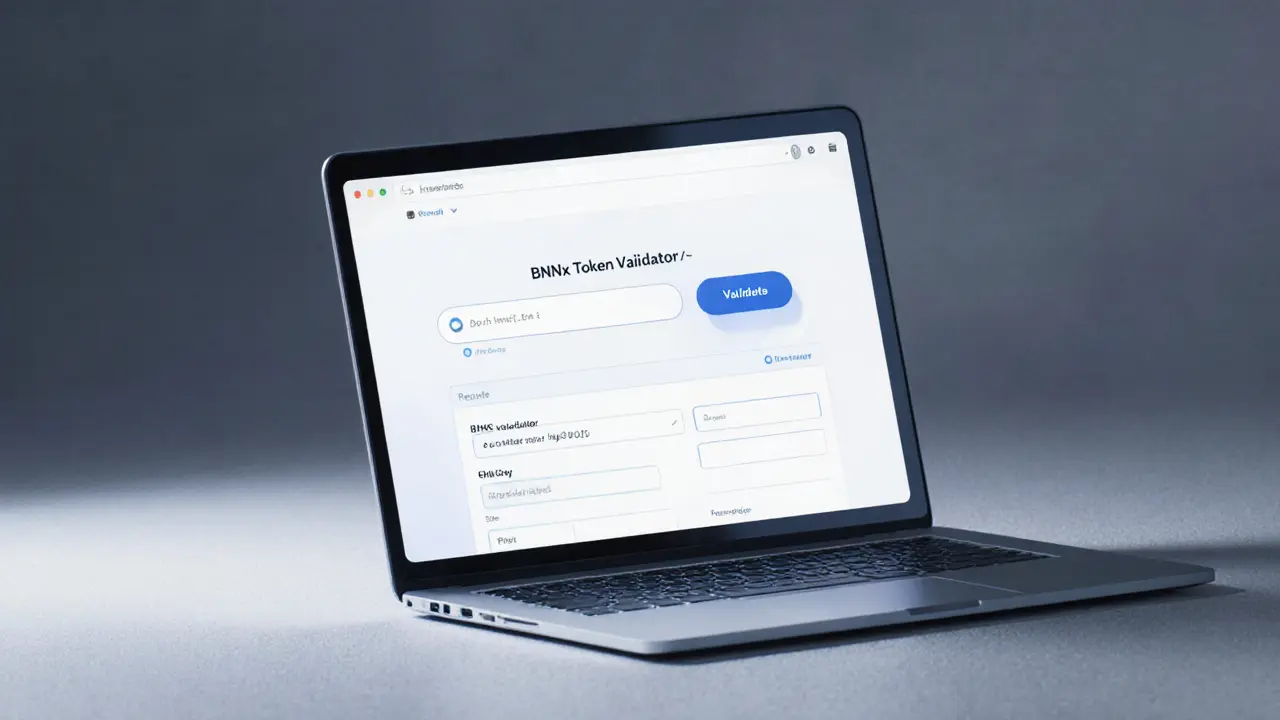BRC-20 Token Standard Explained
When working with BRC-20, a token protocol built on Bitcoin using ordinal inscriptions. Also known as Bitcoin ERC‑20 clone, it lets developers launch fungible assets directly on the Bitcoin blockchain. In plain terms, BRC-20 gives Bitcoin the ability to host its own tokens, similar to how Ethereum handles ERC‑20. This shift is possible because of Ordinals, a method of assigning a unique number to each satoshi and attaching metadata like images or contract data. Ordinals act as the storage layer, so BRC‑20 tokens live as inscriptions on individual satoshis. The result is a simple, permission‑less way to create new assets without needing a separate smart‑contract platform.
Why BRC‑20 is shaking up the crypto scene
The emergence of BRC‑20 connects several key players. First, the Bitcoin network, the world’s most secure blockchain that secures every BRC‑20 token through its proof‑of‑work consensus provides the backbone, ensuring assets inherit Bitcoin’s reputation for safety. Second, Crypto exchanges, platforms where users can trade, list, and provide liquidity for BRC‑20 tokens are racing to add support, turning what used to be niche collectibles into tradable commodities. Third, a wave of airdrop campaigns, free token distributions that use BRC‑20 as the delivery vehicle is giving newcomers a low‑cost entry point and spurring community growth. In short, BRC‑20 bridges Bitcoin’s robustness with the flexibility of token economics, and the ecosystem around it is expanding fast.
Understanding the technical side helps you spot real opportunities. BRC‑20 encompasses token creation on Bitcoin, meaning every token is an ordinal inscription. It requires Ordinals to embed the token data, so mastering how inscriptions work is essential. Ordinals influence BRC‑20 popularity because they determine how much space a token consumes and how quickly it can be transferred. The Bitcoin network provides security for BRC‑20, while exchanges enable liquidity and price discovery. Airdrops drive user adoption by handing out tokens for free, creating buzz that feeds back into exchange listings.
If you’re wondering what to look for next, the collection below covers the most relevant angles. You’ll find guides on how to read BRC‑20 token data, reviews of exchanges that support these assets, deep dives into recent airdrop projects, and practical steps for tax reporting when you trade BRC‑20 tokens. Whether you’re a beginner curious about the new token frontier or a trader hunting the next hot asset, the articles ahead give you the context and tools you need to move forward with confidence.
BNSx (Ordinals) Explained: Everything You Need to Know About the New Bitcoin NFT Coin
Learn what BNSx (Ordinals) crypto coin is, how it works on Bitcoin, how to acquire it, and the risks involved-all in plain English.
VIEW MORE
